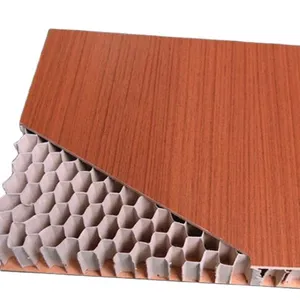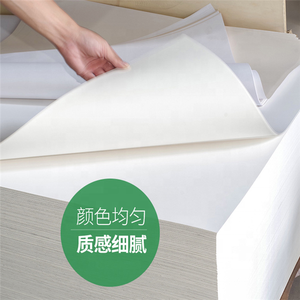Understanding Wood Free Paper
Wood free paper, a term often misunderstood, refers to a high-quality paper made predominantly from chemical pulp rather than mechanical wood pulp. Contrary to what the name suggests, wood free paper is not devoid of wood but is free from lignin, which can cause paper to yellow over time. This category of paper is renowned for its durability and is a preferred choice for various printing and writing needs.
Types and Composition
The composition of wood free paper varies, with options including 100% virgin wood pulp or a combination of wood and recycled fibers, known as mixed pulp. The pulping process is crucial in determining the characteristics of the paper, with chemical-mechanical pulp, chemical pulp, and mechanical pulp being the primary methods used. Each type offers distinct textures and finishes, catering to diverse industry requirements.
Printing Applications
Wood free paper is versatile, accommodating various printing techniques such as offset, screen, and letterpress printing. Its adaptability makes it suitable for a range of applications, from corporate stationery to high-end brochures. The paper's surface allows for sharp, clean printing without ink bleed, ensuring clear and vibrant images and text.
Product Features
This category of paper includes several sub-types, such as bond paper, special paper, and writing paper, each with unique features. Bond paper is typically used for letterheads and other official documents, while special paper can include textured finishes for artistic applications. Writing paper is designed for personal and business correspondence, offering a smooth surface for handwriting and print.
Environmental Advantages
An advantage of wood free paper is its environmental profile. The removal of lignin not only enhances the paper's longevity but also results in a biodegradable product that aligns with eco-friendly practices. Additionally, the option for mixed pulp incorporates recycled content, further reducing the environmental footprint.
Choosing the Right Wood Free Paper
Selecting the right wood free paper depends on the intended use. Factors such as paper weight, brightness, and opacity play significant roles in determining the suitability for specific tasks. It is essential to consider these attributes to ensure the paper meets the functional requirements of the end product.







































 浙公网安备 33010002000092号
浙公网安备 33010002000092号 浙B2-20120091-4
浙B2-20120091-4